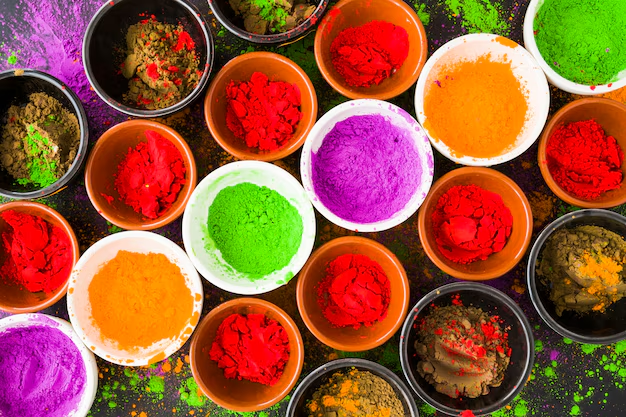Pigment
1. Organic Pigments

Organic pigments are carbon-based colorants derived from natural or synthetic sources, widely used in industries such as textiles, plastics, printing, and coatings. Known for their vibrant hues, excellent tinting strength, and environmental friendliness, these pigments are an essential component in creating long-lasting and aesthetically pleasing products.
Unlike inorganic pigments, organic pigments offer a broader color range, including bright reds, blues, yellows, and greens, making them ideal for applications requiring high chromaticity and brilliance. They are commonly used in paints, inks, cosmetics, and food packaging due to their non-toxic and eco-friendly properties.
With advancements in technology, organic pigments are becoming more durable and heat-resistant, meeting the increasing demand for sustainable and high-performance coloring solutions. Their versatility and safety make them a preferred choice in industries striving for both quality and environmental responsibility
2. Inorganic Pigments

Inorganic pigments are mineral-based colorants known for their exceptional durability, heat resistance, and opacity. Composed of naturally occurring or synthetic mineral compounds such as oxides, sulfides, and silicates, these pigments are widely used in industries like construction, automotive, ceramics, and coatings.
Unlike organic pigments, inorganic pigments offer excellent stability under harsh environmental conditions, making them ideal for outdoor applications. They provide earthy and muted tones, such as ochres, browns, and grays, but also include vibrant shades like titanium dioxide for white and iron oxide for red and yellow.
Inorganic pigments are valued for their non-fading properties, chemical resistance, and cost-effectiveness. Their ability to provide long-lasting color and UV protection makes them an essential choice for applications requiring durability and reliability in challenging environments